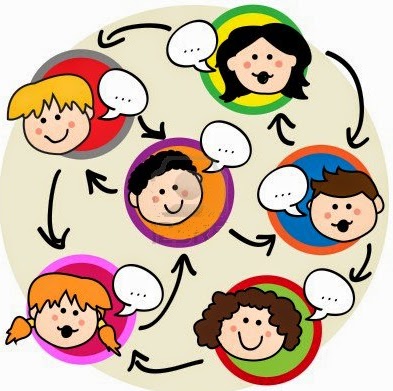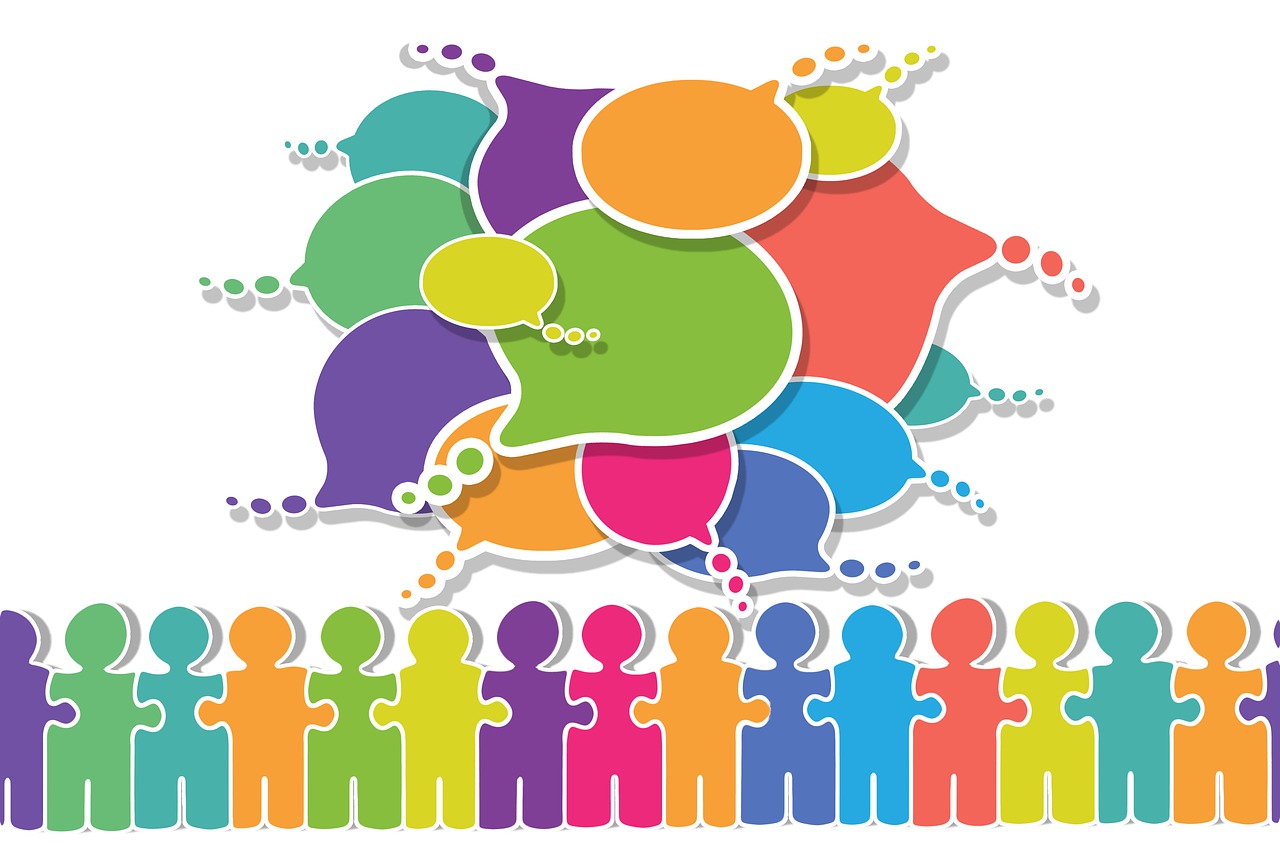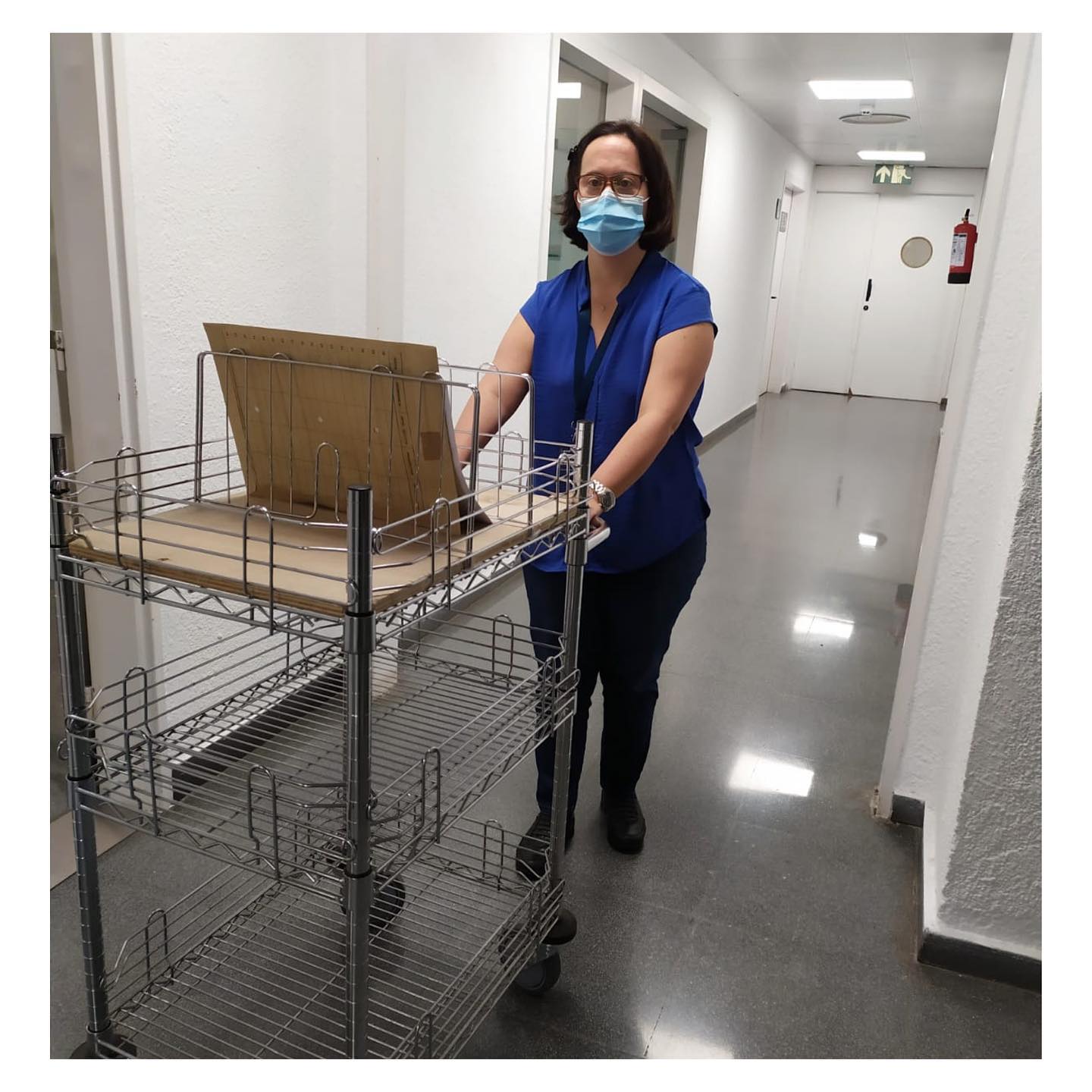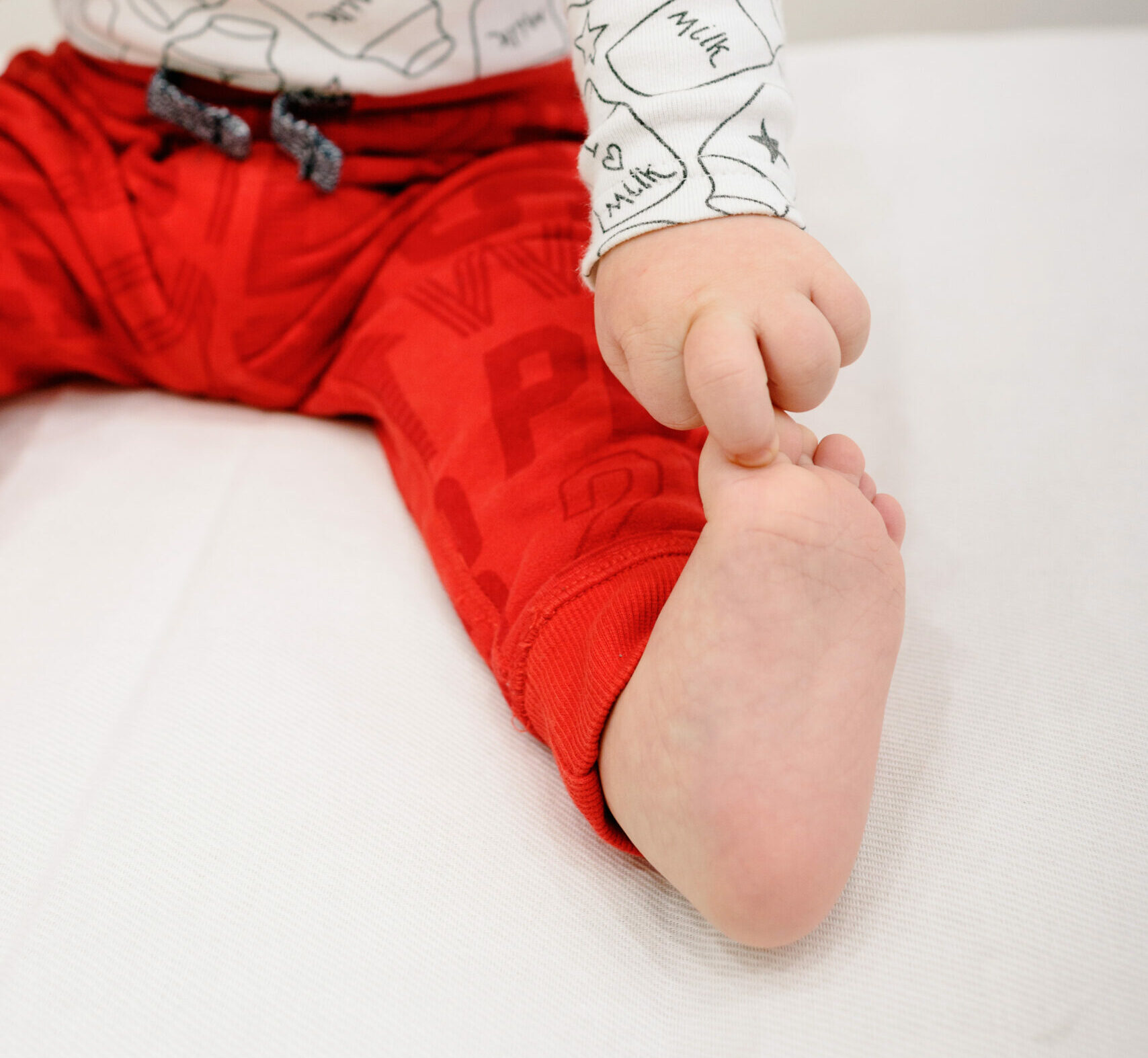Crawling is a crucial developmental milestone that plays a pivotal role in shaping a child’s physical and cognitive abilities. For children with low muscle tone, achieving crawling can be a transformative experience, offering a myriad of benefits that contribute to their overall development. In this post, we will explore the significance of crawling, delve into the advantages it provides for children with low tone, and discuss effective strategies, including the innovative crawling track, to help them reach this milestone.
The Importance of Crawling:
Crawling is more than just a means of locomotion; it serves as a foundation for various aspects of a child’s development. From strengthening core muscles to enhancing hand-eye coordination, crawling lays the groundwork for future skills such as walking, running, and even academic achievements. For children with low tone, who may face challenges in muscle strength and coordination, crawling becomes a crucial stepping stone to bridge developmental gaps.
Benefits of Crawling for Children with Low Tone:
- Muscle Strengthening: Crawling engages multiple muscle groups, including the core, shoulders, arms, and legs. For children with low tone, this serves as a targeted and effective way to build strength in areas where they may be lacking.
- Improved Coordination: The rhythmic movement of crawling promotes coordination between the upper and lower body. This synchronization is particularly beneficial for children with low tone, as it enhances their ability to control and coordinate movements.
- Sensory Integration: Crawling provides valuable sensory input, helping children with low tone better process and organize sensory information. This can have a positive impact on their overall sensory integration and regulation.
- Enhanced Cognitive Development: The act of crawling requires a child to navigate their environment, promoting spatial awareness and problem-solving skills. This cognitive stimulation is vital for children with low tone to support their intellectual development.
- Social and Emotional Growth: Crawling encourages exploration and interaction with the surroundings, fostering social and emotional development. It can boost a child’s confidence and independence as they navigate their environment.
Achieving Crawling: Strategies and Techniques:
- Tummy Time: Initiate tummy time sessions to strengthen the neck, shoulder, and arm muscles. Gradually increase the duration as the child becomes more comfortable in this position.
- Use of Props and Toys: Place enticing toys just out of reach to encourage the child to move and explore. This not only makes crawling a fun activity but also motivates them to reach developmental milestones.
- Crawling Track: The crawling track is an innovative tool designed to facilitate crawling. This specialized track provides a supportive surface with textures and obstacles that stimulate the child’s senses and encourage movement. Use soft cushions or inclined surfaces to gradually elevate the crawling track. This challenges the child’s muscles and coordination, promoting a more advanced form of crawling.
- Encourage Cross-Crawling Movements: Guide the child in cross-crawling movements, where the opposite hand and knee move simultaneously. This pattern mimics the natural crawling motion and helps develop coordination.
Crawling is a fundamental milestone that holds immense potential for children with low tone. By understanding the benefits and implementing effective strategies, including the use of crawling tracks, parents, caregivers, and therapists can empower these children to unlock their full developmental potential. The crawling journey is not only about physical movement but also about fostering confidence, independence, and a strong foundation for future achievements.

















